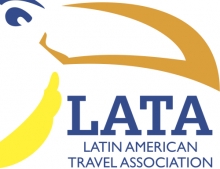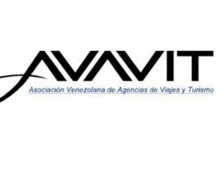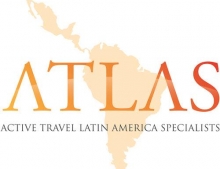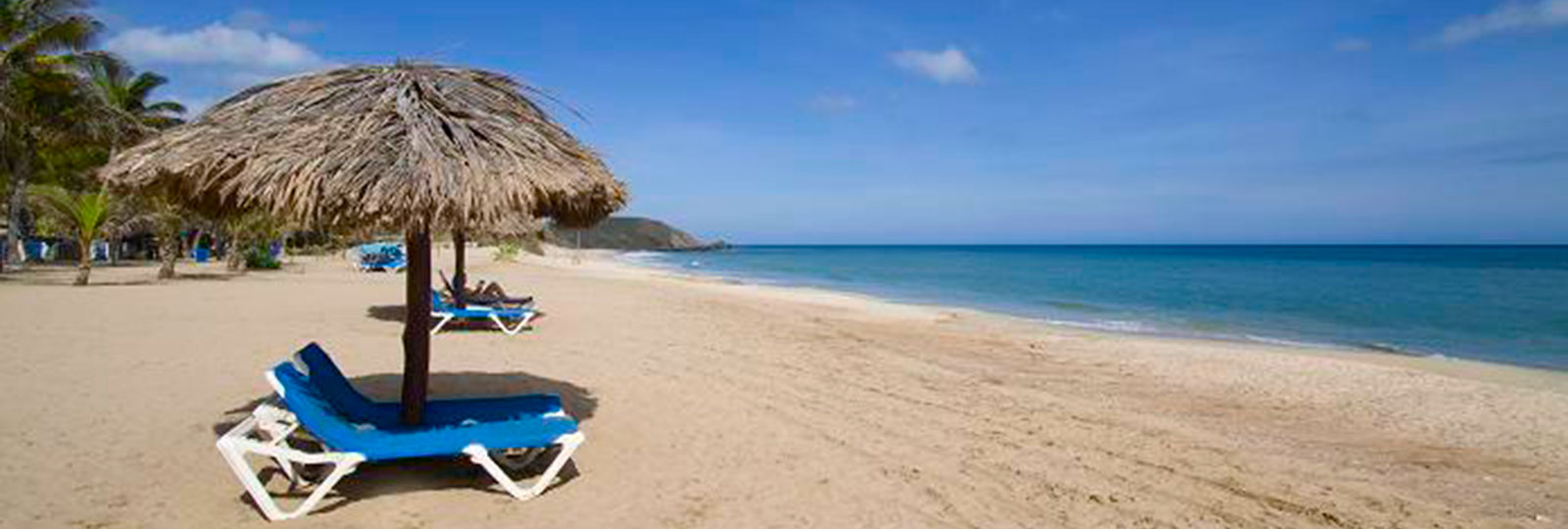


+58 274 2524216
With over 3,000km of coastline, the longest in the Caribbean, and a myriad of islands, islets, keys and coral reefs, the Venezuelan coast is home to a rich diversity of marine flora and fauna. Its countless white-sand beaches fringed with palm trees are paradise for those who just want to relax, sunbathe, swim and enjoy water-based activities.
There is so much scenery to discover: sea caves, underwater cliffs, coral reefs covered in colourful sponges, multi-coloured fish, sea urchins, sea anemones and several wrecks of old ships, some dating back to the 17th century.
Even though the deep sea fishing here has an international reputation, there are other vital species near the coast such as Sabalo, Barracuda, raton or macabi fish, Robalo, Anjova, Carite or Sierra, Peto, Jurel and Yellow-fin tuna.
Mangrove swamps grow all along the coast as well as in the river deltas. The mangrove swamps are home to a huge number of sea birds such as Tijereta de Mar, Gannet, Flamingo and the Borrega and Marron Boba.
The Venezuelan Caribbean is equally as interesting culturally and historically. The region was the scene of many important Venezuelan historical events and here there are many restored colonial fortifications and some of the oldest and best preserved churches in the country. In addition, there is a huge variety of traditional festivals that take place all along the coast. The blend of religions in Venezuela is highlighted in the elaborate traditional festivals, many with their roots in indigenous and African religions.
Margarita Island, the ‘Pearl of the Caribbean’, was initially known for its oyster beds. Located just north of the old Spanish Capital, Margarita and its neighbouring islands, Coche and Cubagua, which make up the State of Nueva Esparta, were the location for many important events in Venezuela’s past.
In recent years, Margarita has emerged as a tourist area full of resort hotels with one of the loveliest beaches in the country, a busy nightlife and a tax-free zone which attracts thousands of shoppers from the mainland.
But there is more to Margarita than beaches and shopping centres. There is a huge variety of habitats there, including mangrove swamps, cloud forests and semi-arid zones and the island is home to five nature reserves. Two national parks have been established from these reserves, Cerro el Copey and Laguna de la Restinga.
The island is equally as interesting from a historical and cultural point of view: two restored colonial forts, several exquisite colonial churches and other historically important monuments are open to visitors. In addition, there are three small museums, the Francisco Narvaez Museum of Contemporary Art, the Museum of the Sea and El Caserio Museum of Handicrafts. Besides all this, there are several small, charming villages around the island, mainly in the eastern half, several of which have kept many of their traditions and their splendid handicrafts centres.
Venezuela is one of the ten most biologically diverse countries in the world. Pioneers in environmental protection, Venezuela has introduced many laws concerning the use and enjoyment of these national treasures. As a result of these laws there are 43 national parks and 22 nature reserves (around 21% of the country), 2 bio-reserves, 7 sanctuaries and 5 wildlife reserves. This fantastic combination of boundless and raw beauty makes it exceptionally good for the tourism industry.
La Restinga National Park was created on 6 February 1974 on Margarita Island. It is made up of three main areas: a small, deep lake, a coastal area with tranquil seas and a semi-desert area. The lake is covered with mangrove swamps as well as many other plants. Generally the lake is no more than 6m deep, conserving unique marine ecosystems. Visitors must cross the lake to reach La Restinga beach and see the beautiful mangrove swamps there.
Cerro El Copey (La Sierra) National Park was established on 27 February 1974, the name chosen because of the large number of matapalo trees, belonging to the genus of the clusia family which the locals call ‘copeys’. From the highest point, the Cerro Grande at 950m high, you get the best views of the island; because of its climatic conditions, this viewpoint is of particular interest botanically and ornithologically. The lush mountains in the park contrast with the dryness of the rest of the island and are the source of its many rivers and streams.
The main transport hub connecting Margarita with the rest of the world is through Porlamar. There are 4 ways to get to Porlamar from Caracas. We can book flights and arrange assisted transfers in Caracas. You have the following options:
Option 1: Caracas – Porlamar
A: Fly direct to Porlamar from Caracas.
PROS: Various airlines operate flights that depart every day. The earliest flight leaves at 0700hrs and the last at 1930hrs, allowing plenty of flexibility.
Option 2: Caracas – Puerto La Cruz – Porlamar
A: Fly from Caracas to Barcelona (Puerto La Cruz)
B: Take the ferry to Porlamar
PROS: There are daily flights. If not starting your journey in Caracas it is easier to fly to Puerto La Cruz and then take the ferry, rather than flying to Caracas and connecting to Porlamar.
Option 3: Caracas – Porlamar
A: Take a ferry from Guaira (Maiquetia, Caracas) to Porlamar
PROS: Much cheaper than flying.
Option 4: Caracas – Valencia – Porlamar
A: Fly from Caracas to Valencia
B: Then fly from Valencia to Porlamar
PROS: If you aren't starting your journey in Caracas, it is much cheaper to fly to Valencia then take a connecting flight to Porlamar.
NB: If you have any questions about the itinerary or want to check availability, please call or email us and we will get back to you as soon as possible.

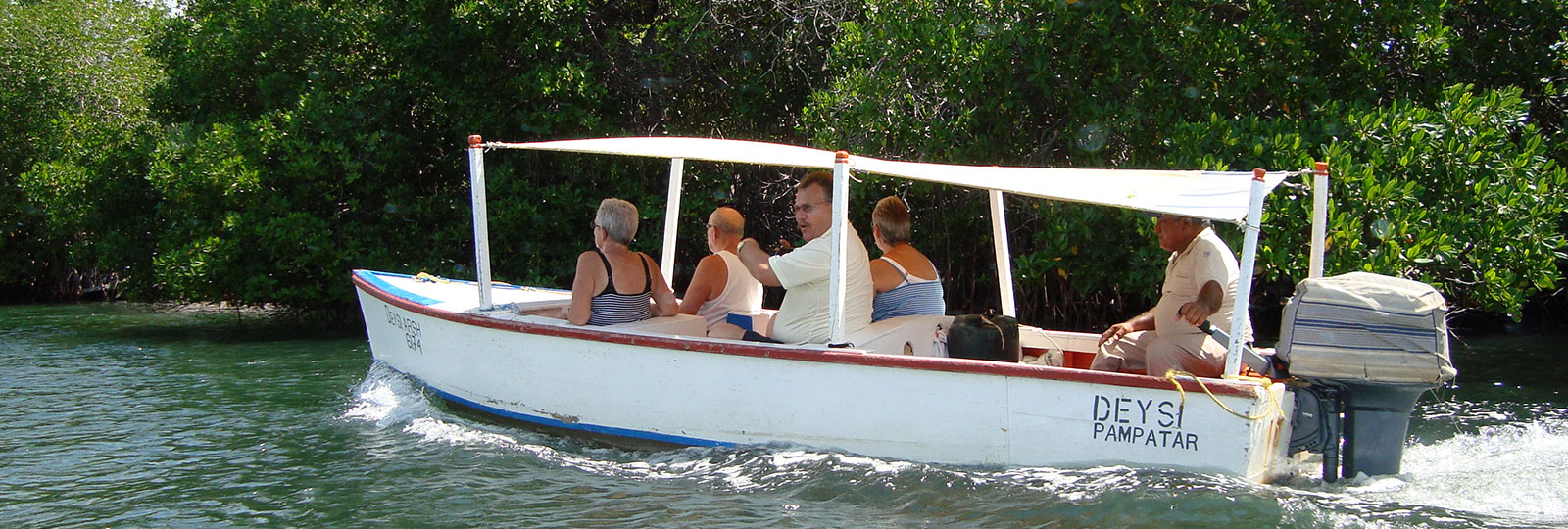
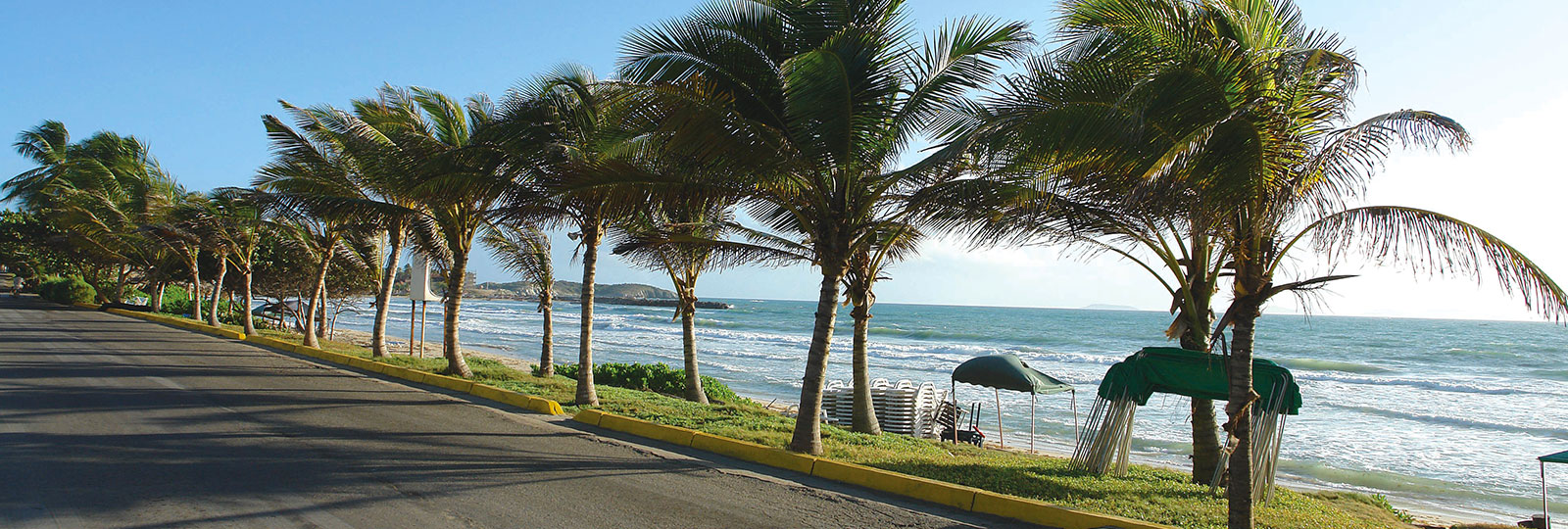
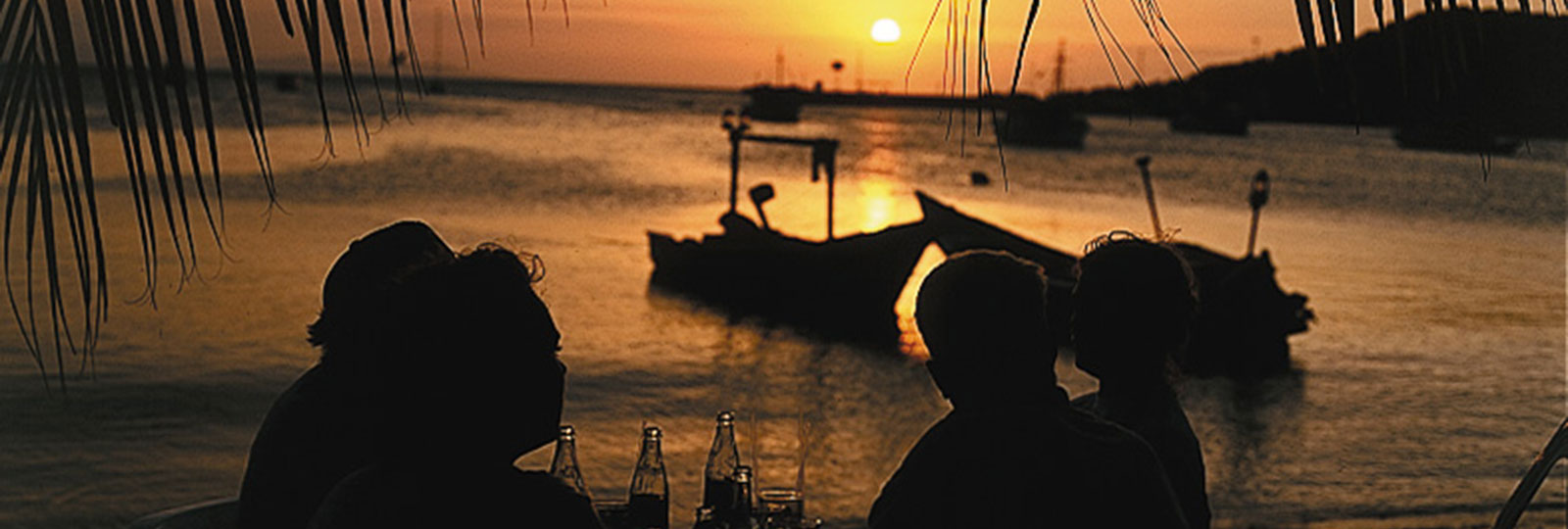
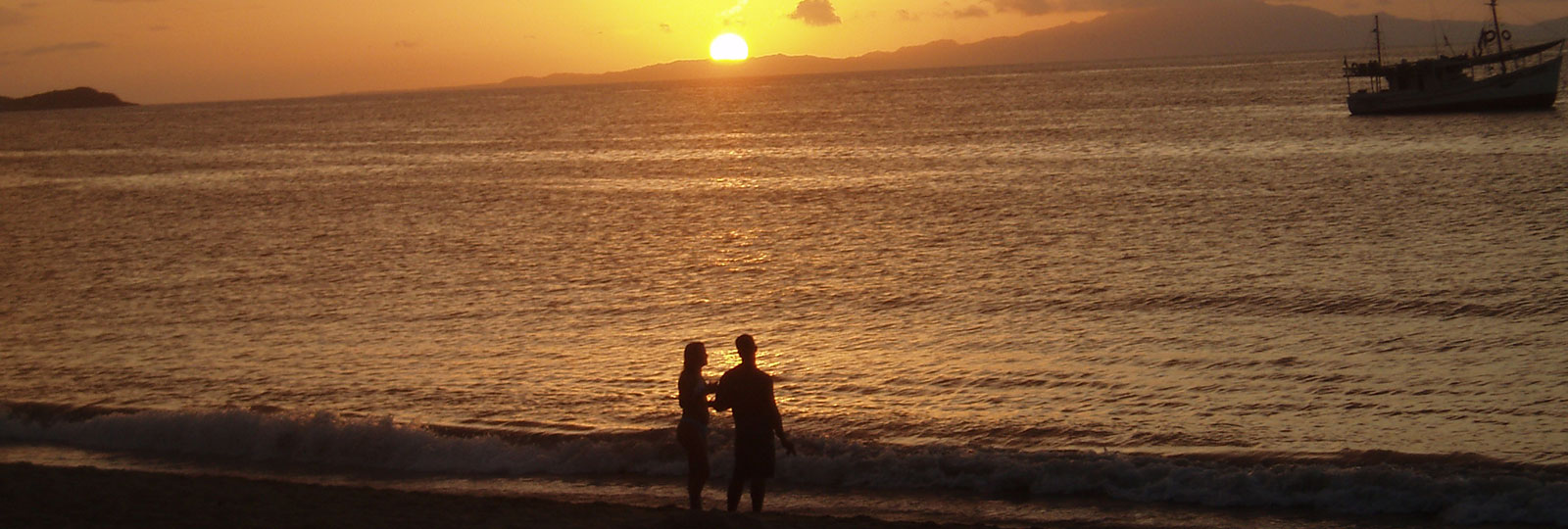
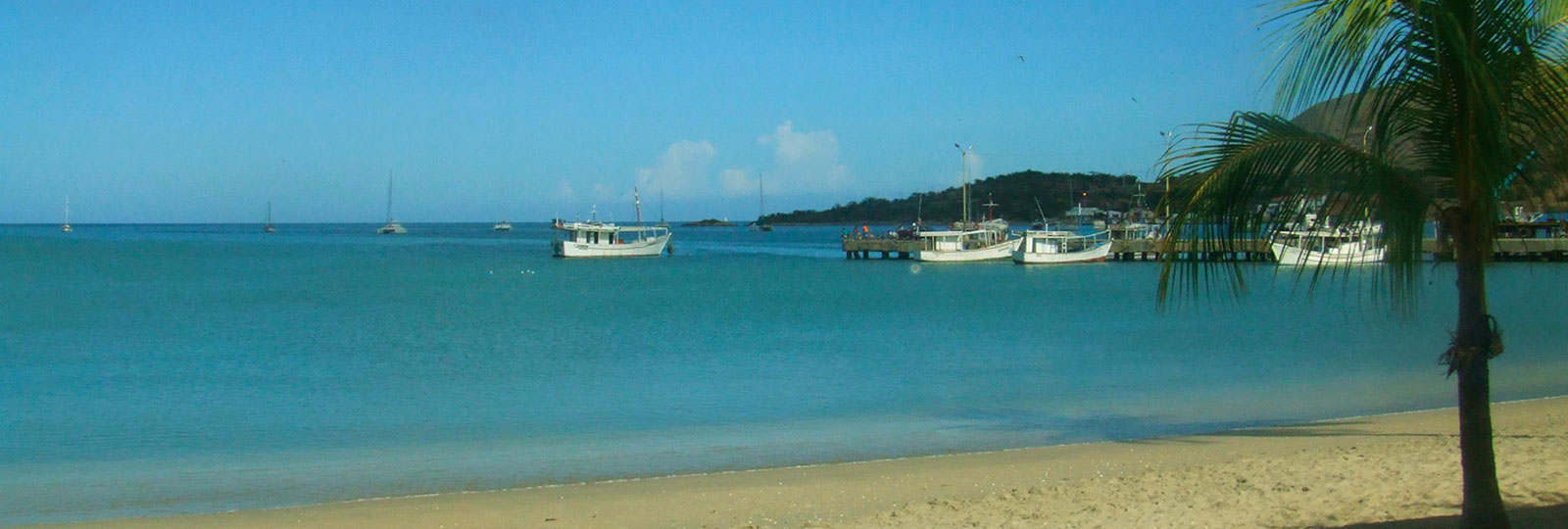
Region
The Caribbean
Difficulty
Easy
Duration
5 days
Season
All year round

